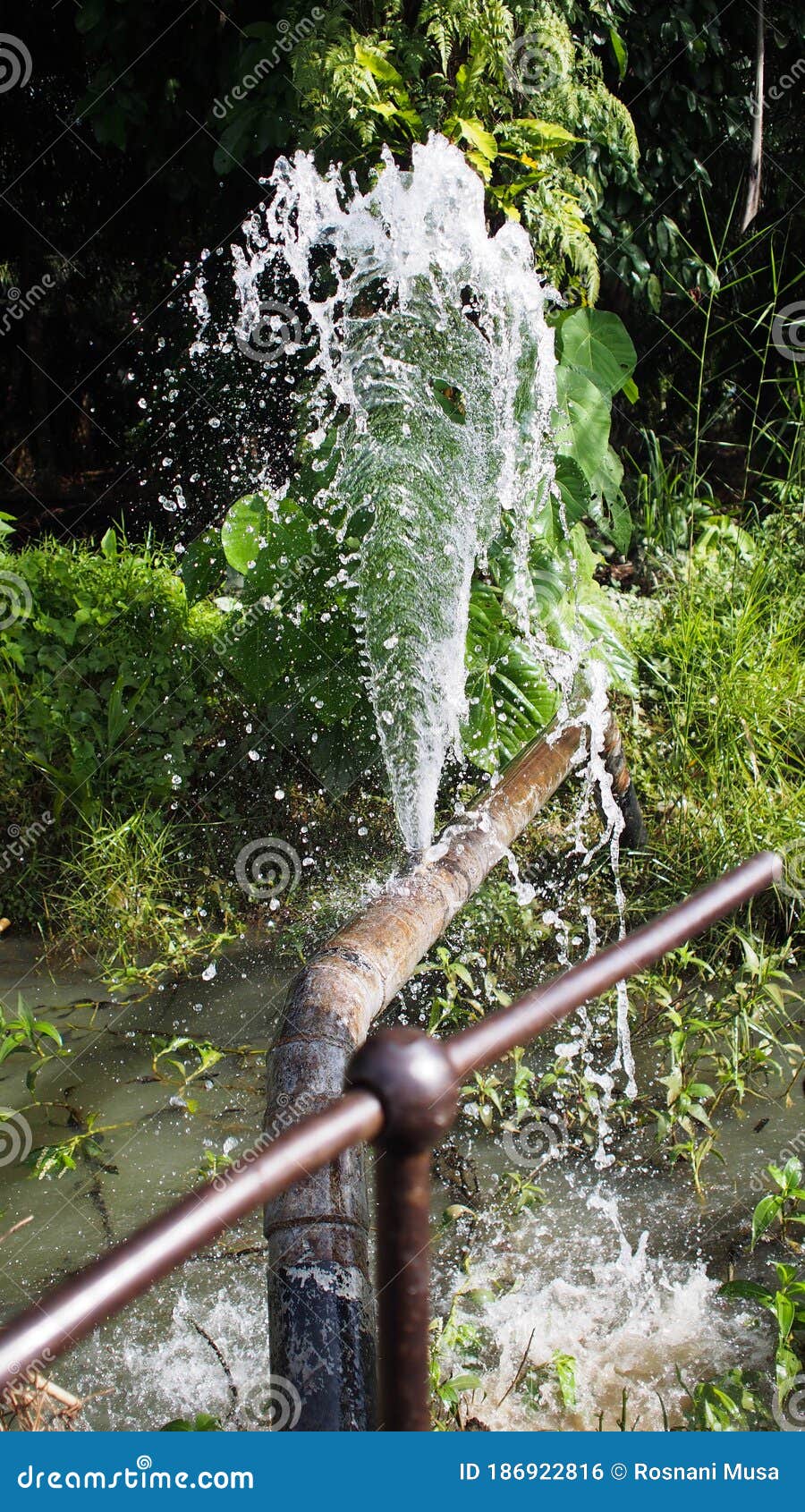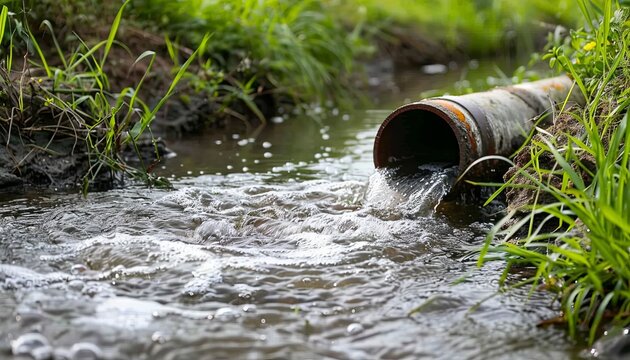Understanding the Causes of a Burst Pipe and How to Prevent It
Understanding the Causes of a Burst Pipe and How to Prevent It
Blog Article
Avoiding Burst Water Lines: Important Tips to Protect Your Pipes
Avoiding ruptured pipelines is an important issue for homeowners, especially during cooler months when the danger of freezing is heightened. Applying critical actions such as proper insulation, routine inspections, and keeping constant indoor temperature levels can substantially decrease the likelihood of pipeline failure.
Understand Pipeline Vulnerabilities
Understanding pipeline vulnerabilities is essential for effective pipes upkeep and avoiding pricey damage. Numerous aspects add to the vulnerability of pipes to ruptureds, including material make-up, age, and environmental problems. Older pipes, especially those made from galvanized steel or polybutylene, commonly deteriorate gradually, leading to enhanced threat of ruptures and leakages.
Temperature changes can additionally considerably influence pipe stability. In cooler environments, water trapped in pipelines can ice up, applying and expanding pressure on the pipeline wall surfaces, which may inevitably lead to a burst. High water pressure can strain pipelines, specifically at joints and bends, heightening the possibility of failing.

Insulate Pipeline Appropriately
Correct insulation of pipelines is critical for preventing freezing and subsequent ruptureds throughout winter (burst pipe). Protecting your plumbing system efficiently safeguards against temperature drops that can lead to costly damage. Begin by identifying at risk areas where pipes are exposed to outdoor temperatures, such as cellars, attic rooms, and outside walls
Use foam pipe insulation sleeves or cover insulation tape around these locations to supply a safety barrier. Ensure that all areas of the pipes, particularly those with restricted warmth exposure, get ample insulation. Pay unique interest to installations and joints, as these are extra prone to freezing.
When insulating, it's important to pick products that satisfy regional building codes and are ideal for the certain environment. For example, fiberglass insulation is usually suggested for its thermal resistance buildings - burst pipe. In addition, think about using warmth cords or tape in extreme problems, which can be plugged in to provide extra heat
Routinely evaluate protected pipelines for any kind of signs of wear or damages, as jeopardized insulation can lessen its efficiency. By taking these proactive actions, you dramatically minimize the risk of pipeline bursts, ensuring a trusted plumbing system throughout the wintertime months.
Maintain Consistent Temperature
A secure interior temperature level is vital for protecting against burst pipes throughout the icy months. When temperatures decrease, water within pipelines can ice up, increasing and creating pressure that may eventually trigger the pipelines to ruptured. To alleviate this threat, home owners should maintain a consistent temperature throughout their living space, ideally no lower than 55 ° F(13 ° C)Utilizing a programmable thermostat can help manage indoor temperatures effectively, ensuring that rooms with plumbing continue to be cozy also when your home is empty. Pay unique focus to locations that are extra at risk to cool, such as garages, cellars, and attic rooms. Keeping cabinet doors open under sinks can additionally permit warmer air from the home to flow around pipes.
Additionally, it is prudent to allow taps to drip a little during severe cold snaps. This minor circulation of water can avoid cold by relieving pressure within the pipelines. Moreover, throughout especially extreme weather condition events, think about temporarily putting on hold any nighttime troubles on your thermostat to maintain a constant warm setting. By carrying out these strategies, house owners can significantly minimize the risk of pipe ruptureds and safeguard their plumbing systems versus the harsh winter aspects.
Regularly Examine Plumbing
Routine assessments of pipes systems are vital for protecting against burst pipelines and maintaining overall home integrity. Regular checks allow property owners to determine prospective problems before they escalate into costly repairs or major water damage. During these inspections, it is important to analyze visible pipes for signs of rust, leaks, or use. Pay unique interest to areas vulnerable to freezing, such as basements, attic rooms, and exterior walls.
Furthermore, examining links and joints see this is crucial, as these points are frequently susceptible to leakages. Property owners ought to additionally examine water pressure degrees, as extreme pressure can stress the plumbing system and enhance the danger of pipeline ruptureds.
Consider Discover More scheduling specialist pipes inspections at least as soon as a year, especially before winter months, to ensure your system is prepared for chillier temperatures. By being aggressive in your technique, you can protect your home versus the expensive and disruptive effects of burst pipelines.
Know Emergency Situation Treatments
Recognizing emergency situation treatments is vital for every home owner, especially after carrying out regular pipes evaluations. Being prepared for a pipes emergency situation can significantly alleviate damage and save prices.
Following, maintain vital devices convenient. A plumbing emergency kit should consist of a wrench, plunger, and towels, along with a flashlight and a container for tiny leaks. Furthermore, think about having the contact info for a trusted plumbing conveniently available, needs to the situation rise beyond your control.
If you spot a leakage or ruptured pipe, promptly switch off the water system and alert your plumbing. Document the damage with pictures for insurance policy functions. Recognize the signs of potential pipes problems, such as uncommon water pressure fluctuations or damp spots on walls
Inevitably, proactive understanding and quick activity are critical in taking care of plumbing emergencies, guaranteeing your home stays page secured and minimizing possible damages.

Final Thought
To conclude, preventing burst pipelines necessitates a complex approach that consists of understanding pipeline susceptabilities, correct insulation, maintaining constant interior temperature levels, routine examinations, and knowledge of emergency situation treatments. By carrying out these important techniques, the danger of plumbing failings can be significantly minimized, thus making sure the longevity and efficiency of the pipes system. Aggressive actions not only safeguard versus possible damage yet also add to overall water conservation and the defense of home.
In cooler environments, water trapped in pipes can ice up, expanding and putting in pressure on the pipe wall surfaces, which may inevitably lead to a burst. When temperature levels decline, water within pipes can ice up, creating and expanding pressure that might inevitably create the pipes to ruptured. By applying these methods, property owners can substantially decrease the risk of pipeline ruptureds and secure their pipes systems versus the severe winter season elements.

Report this page